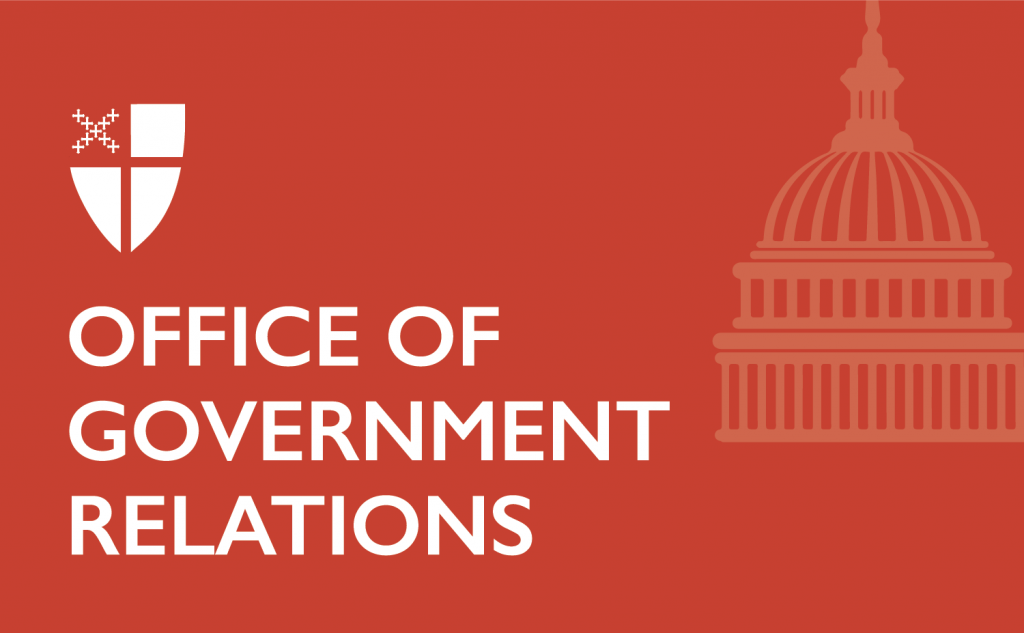The Energy Transition
EPPN Creation Care Series 2021 Part 4
“The Earth is the Lord’s and the fullness thereof” (Ps 24:1). In light and wind, in land and water, energy resources are abundant gifts for human well-being from our creator God. Because we are called to “till and to tend the garden” (Gen 2:15), we have a moral obligation to choose the safest, cleanest, and most sustainable sources of energy to protect and preserve God’s creation. Energy conservation is faithful stewardship … We pray that the wisdom, faith, and solidarity of the American people will bring us together – at this critical juncture – to redirect our national energy policy toward conservation, efficiency, justice, and maximum use of the perennial abundance of clean and renewable energy that our Creator brought into being by proclaiming, “Let there be light” (Gen 1:3).
–Excerpts from an interfaith open letter to President Bush on the energy transition, 2001
For the past several centuries, fossil fuels powered our society. Although efficient and relatively cheap, they release significant carbon emissions and air pollution. According to the Intergovernmental Panel on Climate Change, two-thirds of global greenhouse gas emissions originate from the energy sector. To stop the worst impacts of climate change, we must therefore produce energy from new sources.
Renewable energy sources like solar, wind, and hydropower don’t emit greenhouse gases when producing energy, drastically reducing air pollution and supporting new jobs. Additionally, the cost of solar and wind energy has dropped enormously in the last decade, making new renewable energy development cost-competitive with fossil fuels across the world. However, several challenges must still be solved before our energy grid can run entirely on renewables.
Challenge #1: Intermittency & Transmission
According to the National Renewable Energy Laboratory, more energy falls on the earth from the sun in one hour than is used worldwide in one year. The energy source exists, but how do we capture, store, and transport it to where the energy is needed?
Sun and wind are intermittent sources of power; they can’t produce energy on demand the way fossil fuels do. To combat this challenge, organizations such as the Accelerating Battery Storage for Development Program invest in battery research. Efficient, cost-effective batteries can collect large amounts of energy when the weather permits, then release the energy when demand exceeds supply.
Additionally, it’s not always possible to generate renewable energy close to population centers. Transmission bottlenecks already limit how many new wind projects can be connected to the existing electrical grid. Improving the connectivity between different U.S. regions could allow a more efficient deployment of renewables.
Challenge #2: Liquid fuels
Liquid fuels are more difficult to replace than electricity. Biofuels, an alternative to oil and gas, take up land that could be used for growing food. Hydrogen is extremely explosive and delivers less energy per unit volume than traditional fuels, making it difficult to store and transport. Nonetheless, several companies are making substantial investments in hydrogen research and development and expect to see this fuel displace gas in the foreseeable future.
Challenge #3: Nuclear Energy
The Episcopal Church does not have policy on the use of nuclear energy, but we mention it here because policymakers must address nuclear energy use in any energy transition policy. Experts disagree about whether nuclear energy should be pursued to help the international community meet emissions targets. Nuclear energy comprises 20% of United States electricity production, making it by far our largest zero carbon emissions power source. If carefully monitored, it is arguably a safer source of energy than fossil fuels: when measuring death rates based on accidents and air pollution, nuclear energy results in 99.7% fewer deaths than coal, 99.6% fewer deaths than oil, and 97.5% fewer deaths than gas.
The drawbacks are clear, however: nuclear energy generates radioactive waste, has the potential for a Fukushima-like event, with devastating environmental consequences, and is expensive. Nuclear power does not generate nuclear weapons, but actors with nuclear power expertise can more easily build them. Numerous nuclear plants are scheduled to retire in the U.S. in the next few years, most of which will be replaced by fossil fuels. Worldwide, many developed nations are decommissioning nuclear plants based on strong public opposition, but nuclear energy use and manufacturing are growing in Asia. (For a good overview of the pros and cons of nuclear energy, listen to or read a transcript of the recent episode of The Argument.)
Policy Options to Drive the Renewable Transition
Vocal public support is crucial to drive the renewable energy transition. Well-designed policies can accelerate the deployment of renewables, which nearly all researchers say is necessary to avoid the worst climate change impacts. Some of the policy options include:
- A clean energy standard that mandates utilities generate a certain amount of electricity from non-fossil fuel sources.
- A carbon price that assesses a fee on every ton of carbon extracted. Market forces therefore incentivize non-carbon fuel sources.
- Tax breaks or incentives on specific renewable technologies.
Any policy should consider the impact on marginalized communities, who have borne the greatest cost of fossil fuel energy use. Sufficient funding for government programs like the Weatherization Assistance Program and the Clean Energy for Low Income Communities Accelerator helps ensure all households are included equitably in the energy transition.
Although challenges remain in the transition to renewable energy, it is an achievable target that can make an enormous difference for mitigating the worse impacts of climate change.
Additional Resources
- Renewable Energy Market Update: Challenges and Opportunities Beyond 2021 (International Energy Agency)
- Clean Energy Standards vs. Carbon Price (Columbia Center of Global Energy Policy)
Episcopal Church Resolutions
Contact:
The Office of Government Relations
eppn@episcopalchurch.org

